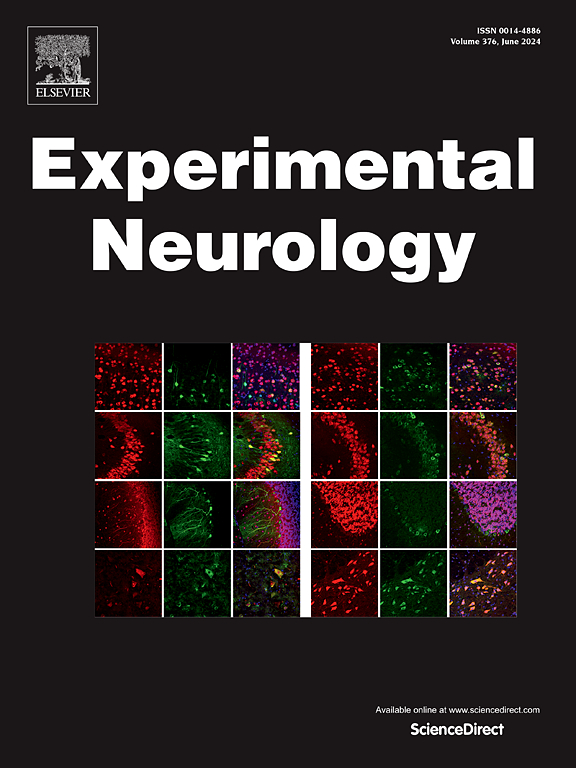The dynamic duo: Decoding the roles of hypoxia-inducible factors in neonatal hypoxic-ischemic brain injury
IF 4.6
2区 医学
Q1 NEUROSCIENCES
引用次数: 0
Abstract
Neonatal hypoxic-ischemic encephalopathy (HIE) results in considerable mortality and neurodevelopmental disability, with a particularly high disease burden in low- and middle-income countries. Improved understanding of the pathophysiology underlying this injury could allow for improved diagnostic and therapeutic options. Specifically, hypoxia-inducible factors (HIF-1α and HIF-2α) likely play a key role, but that role is complex and remains understudied. This review analyses the recent findings seeking to uncover the impacts of HIF-1α and HIF-2α in neonatal hypoxic-ischemic brain injury (HIBI), focusing on their cell specific expression, time-dependant activities, and potential therapeutic implications. Recent findings have revealed temporal patterns of HIF-1α and HIF-2α expression following hypoxic-ischemic injury, with distinct functions for HIF-1α versus HIF-2α within the neonatal brain. Ongoing studies aimed at further revealing the relationship between HIF isoforms and developing targeted interventions offer promising avenues for therapeutic management which could improve long-term neurological outcomes in affected newborns.
求助全文
约1分钟内获得全文
求助全文
来源期刊

Experimental Neurology
医学-神经科学
CiteScore
10.10
自引率
3.80%
发文量
258
审稿时长
42 days
期刊介绍:
Experimental Neurology, a Journal of Neuroscience Research, publishes original research in neuroscience with a particular emphasis on novel findings in neural development, regeneration, plasticity and transplantation. The journal has focused on research concerning basic mechanisms underlying neurological disorders.
 求助内容:
求助内容: 应助结果提醒方式:
应助结果提醒方式:


